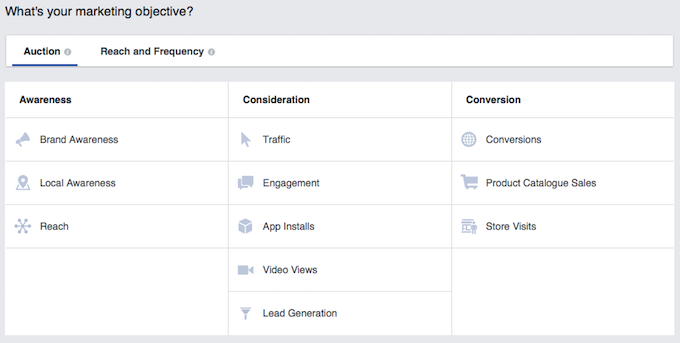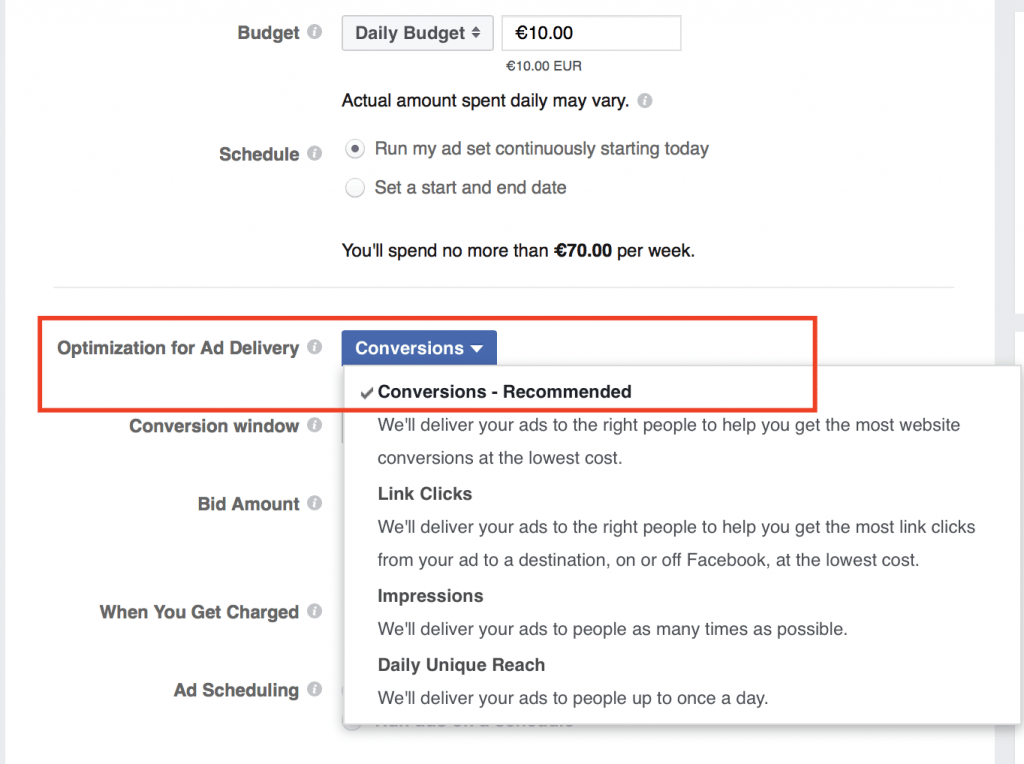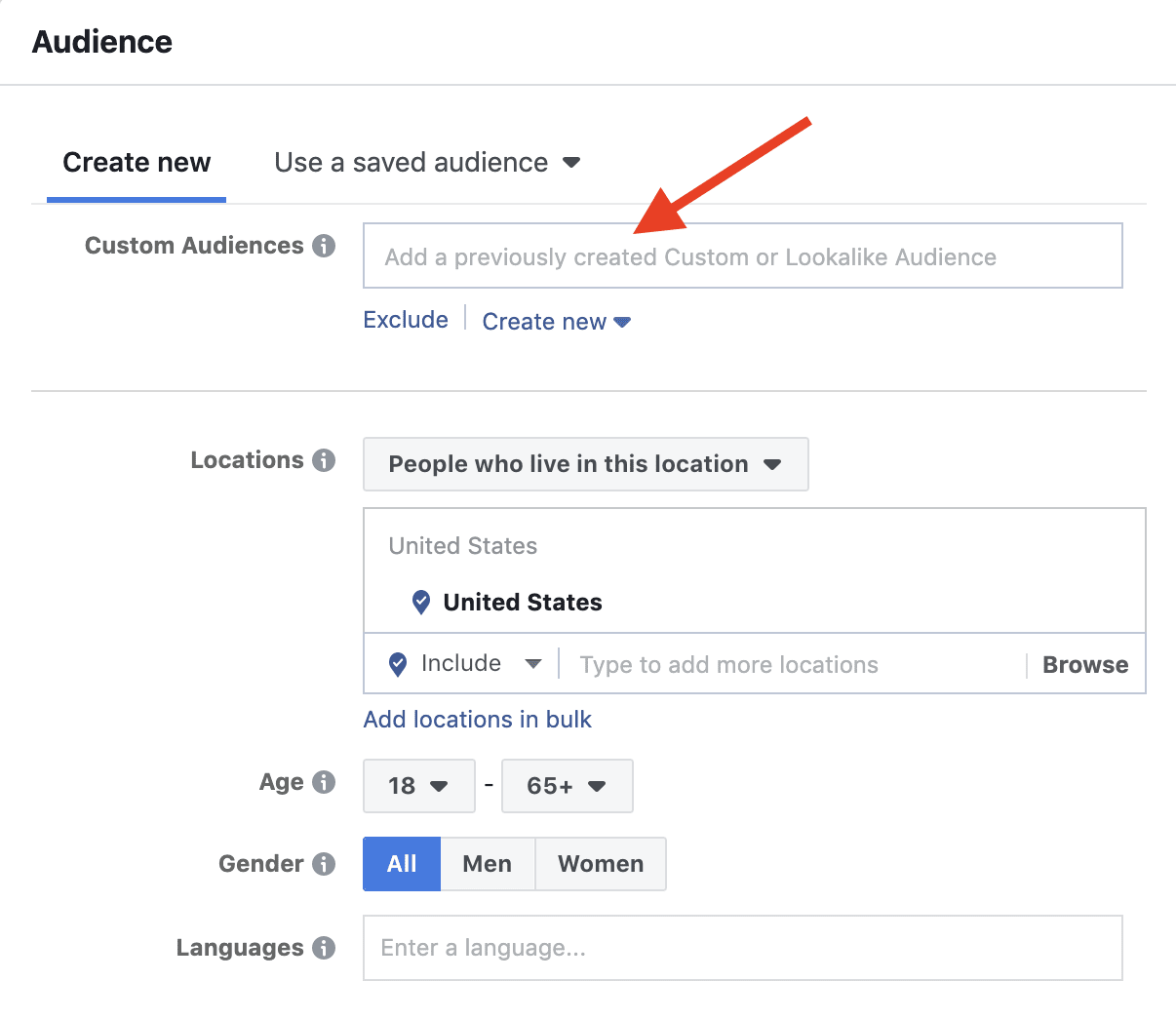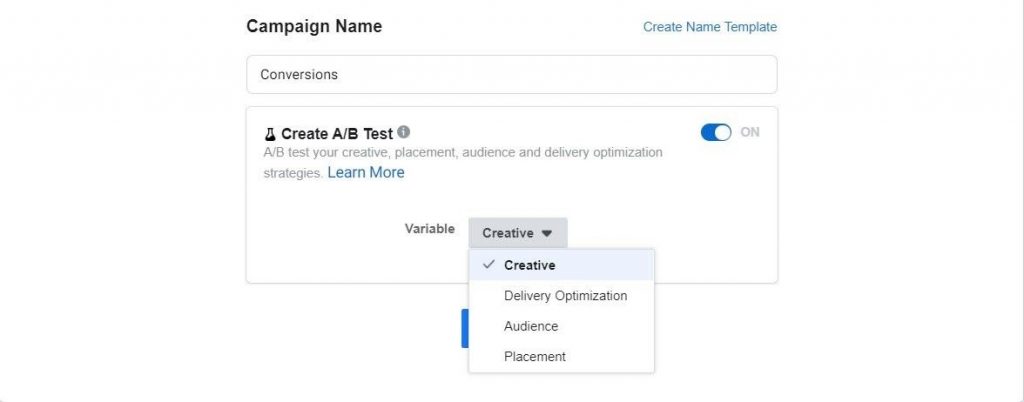Optimizing Facebook Ads might seem like a tough thing to accomplish, but we’ve got you covered. Nothing similar to rocket science here. You start by setting the ads in the correct way and then refine the existing strategy by testing it all out and tracking the results. While Facebook algorithms do the most part of optimization, the only thing left for you is to strategically place the ad campaign.
Facebook, being one of the largest advertising platforms nowadays, has already sheltered over three million enterprises who wished to present themselves on it. And with 1.8 billion people logging in daily, Facebook is indispensable in digital marketing and justifies all the invested capital for marketing purposes.
Facebook is able to collect vast amounts of consumer data, quantitatively and qualitatively, enabling strong targeting capacity. Companies are now able to deliver an advertisement to those people who perfectly fit their buyer profile. However, most organizations make many mistakes when they try to leverage the Facebook Ads Platform and lose their potential. One of them is boosting a published post instead of creating an advertisement from scratch. Boosting is a simple and fast way to pay and broaden the reach of the post but the same money will work better when spent on a targeted ad.
While Facebook algorithms help to make an ad successful, it is vital to understand how to optimize the campaign and reach the desired outcome. We will be looking into key metrics to consider when creating an ad, selecting its objective, identifying the target audience, testing and tracking the campaign, and designing a retargeting strategy.
Determining Key Metrics
You need to take a data-driven approach in order to optimize and improve your Facebook ads. With the help of critical metrics, you can assess advertisement performance and define whether it is working towards your initial goals. Key metrics are the benchmarks when it comes to evaluating the existing campaign and include:
Conversions
A conversion means that users engage with your advertisement and click on its CTA. If the desired action is encouraging users to visit your brand’s web page, every time someone reaches it through a Facebook advertisement will count as a conversion. Optimizing conversion rate is key for every website element but ads in particular.
Frequency
Frequency stands for the number of times a person sees your advertisement which is calculated when impressions are divided by ad reach. Such metrics help to understand whether the targeting is effective and avoid showcasing the same advertisement to the same user too many times.
CTR and CPC
CTR or click-through rate refers to the number of users who click on the advertisement and get on the form or page attached. If CTR is not high, it means that your audience is not interested in the ads you show them. CPC or cost per click shows how much a click costs. CPC is usually aimed to be low.
CPA
CPA or cost per action allows companies to pay for specific actions only. For instance, a company that has launched a new mobile application doesn’t want to know CPC but needs to see the cost for the app installation. Facebook gives an opportunity to track and bill CPAs in a flexible way.
ROAS
The value of the conversion is the equivalent earnings the company gets for each conversion. Return on ad spend or ROAS refers to the total value of conversion divided by the costs spent on advertising. When you have a lot of advertisements that convert, ROAS will be very high.
Choosing the Ad Objective
Before getting deep into ads optimization, it is essential to understand how ad structure on Facebook works. The first step is setting up an advertisement campaign and choosing its objective. The latter identifies the optimized ad sets delivery.
Below are eleven objectives of a future ad that are grouped according to the marketing funnel’s stages: awareness, consideration, and conversion.

Awareness. Ads under this objective are for new businesses or those expanding to new locations. If your goal is to evoke interest or make the brand familiar to a bigger number of people, you need to select reach or brand awareness as the main objective.
Consideration. Ads under this objective are for those companies looking to entice their audience to engage and learn more about them. Lead generation, for example, enables brands to create unique advertisements with a lead-capture form that is built-in.
Conversions.

When users get in the lead pool, the desired action would be conversion – turning leads into paying consumers. This objective allows companies to select either an application or a website as the preferred destination for tracking conversions.
Identifying Target Audience
While the ad is set on one objective, you need to customize who exactly sees it, specifying each customer segment in order to align the strategy. You can optimize ads in such a way that different ad sets will target different markets under a single campaign. For instance, a fitness application will create a campaign for increasing its brand awareness and promote the app to busy millennials but take an absolutely different approach for those who work from home. When you set up an ad set, you should clearly identify those who will be interested in it.
When you choose your ad audience and add characteristics for an ideal consumer, all the users who fit the description will see the ad. Likewise, it is crucial to add exclusion parameters to keep the minimum ad spend and avoid audience overlap. For example, if you target a certain set of site visitors, you need to exclude this set in other audiences within the same Facebook campaign.
Going further, it is also important to exclude your organization employees, those who are looking for a job, and visitors who are identified as non-engaged. If you want to save on the advertisement budget, you will need to assess those people your ads will not benefit from and make sure to exclude them with the help of tailored audience lists. For example, when a company creates a campaign for a new app installation, it will create a custom list of users who have already installed an application and then put them under audiences to exclude.
Let’s have a look at a few efficient methods to define the target audience for future ads:

Demographics
You can choose parameters for the location of targeted users, their age, gender but always keep in mind the Facebook policy towards anti-discrimination. Facebook has a special panel to review results and when you change demographics characteristics, it reflects how they will change the campaign reach estimations.
Detailed targeting
Due to the depth of Facebook’s personal data, the algorithms can identify the user’s behaviors and their interests. For example, it is able to show computer games fans or fitness lovers. It is always recommended to target one group of interest to assess campaign performance in a more efficient way.
Custom Audience
You can target those users who had previous interaction with your company by choosing custom audiences. Facebook records it through a tool for tracking. This applies to retargeting campaigns that focus on the audiences that will most probably convert.
Testing and Designing the Ad
Every ad component impacts the campaign and its performance. The right keywords used in the headlines make the content relevant to your potential leads and contribute to the SEO initiatives. Ads campaigns should be designed in a thoughtful way and constantly tested. There are a few points to keep in mind:
Select the right format
You have the ability to choose from different ad formats to showcase your products in the best way. There are photo and video formats, stories, and carousels. Make sure there is a catchy headline, a clear description, and a visible CTA (“Learn more”, “Download”, etc.).
Create a content plan
Your ad will have all the chances to convert with well-thought-out content. Use the given tools (like FB Dynamic Creative) and personalize different creative variations of your ad elements to make them stand out and grab the user’s attention.
Choose relevant ad placements
During the ad setup, you can choose its placement on the audience network. Based on the pursued objective, you can select Instagram stories, Facebook feed, or Messenger Inbox. The placement can be assigned automatically or you can do it manually.
Do the A/B testing

A/B tests provide comparisons of the ways your advertisements perform. The Facebook test allows you to select what you want to test – Delivery optimization, audience engagement, or ad’s placement – on two different advertisements. Facebook showcases both ads and then shows the result of their performance. When you understand which one is doing better, it will be easy for you to set up more ads that prove efficient.
Keep the budget and schedule under control
You always need to keep an eye on the budget for advertisements and their delivery schedule. When you set a daily budget, for instance, you are able to control its allocation. On another note, you will get more traffic when the ad is shown in the peak hours or those hours when your potential customers are most active based on the gathered statistics.
Tracking the Campaign
Once you have finished with optimizing your advertisements, you still need to track all the campaign data to understand how successful it is. This data is crucial for the right improvements, be it budget allocation, or schedule adjustment.
For example, your campaign data can show many ad clicks, but only a few form submissions. This might be a sign that there are too many questions in the lead-capture form. You can then further optimize single ad components to improve its overall performance.
One of the offered tools, Facebook Pixel, allows you to track conversion on different ad destinations and evaluate the marketing funnel to identify more opportunities to increase conversion.
Conclusion
The amount of Facebook active users keeps growing, making it an ideal platform for advertising. With limitless ad potential and a powerful manager platform, Facebook is undeniably the perfect place to present a new brand or engage more customers with the existing one.
Being an overwhelming thing at first glance, Facebook ads have proved effective and justified every ad spend. With the right approach, you can set up a relevant and efficient ad campaign to improve your brand awareness and increase conversion.
Besides, with our industry experts on your side, you can boost your company’s revenue through efficient ad campaigns. Contact us to start optimizing your Facebook ads.
